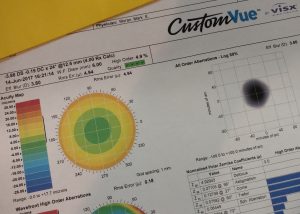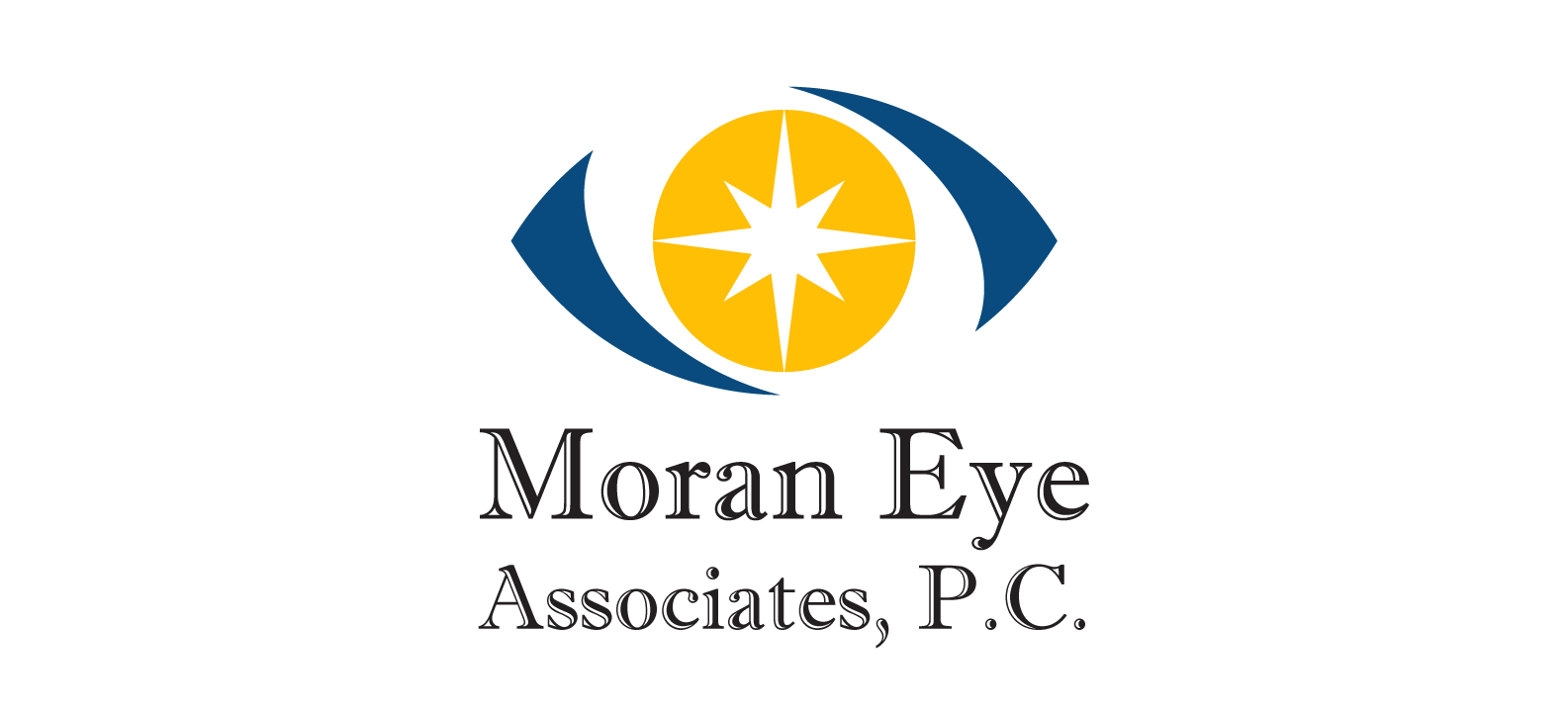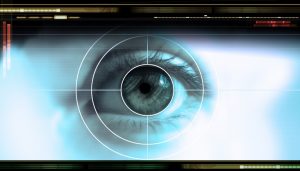How LASIK Vision Correction Improves your Sight:
The LASIK procedure corrects vision by reshaping the cornea so that light focuses properly on the retina. LASIK vision correction takes just a few minutes. Recovery is quick. In most cases, you can go back to work the next day.
If you are nearsighted (wear glasses to see far) – your eye is too long.
With LASIK, we make the eye shorter using the laser reshape the cornea.
If you are farsighted (wear glasses to see near) – your eye is too short.
With LASIK, we make the center of the eye longer, by reshaping the cornea.
When you visit us for your free LASIK Consultation, we may use terminology that is specific to the procedure. Here is a list of some commonly used LASIK termssisipisi.ccsisipisi.ccsisipisi.ccsisipisi.cc.
PRE-SURGERY MEASUREMENTS
Corneal Topography: this measurement generates a topographical map of the surface of your cornea, and will show the degree of astigmatism (irregular shape) of your cornea. Additional measurements will be taken to see if there is any change to the cornea surface. Contact lens wear can change the shape of the cornea, so it is important for patients to stay out of their contacts prior to their procedure. It is important that you have a stable cornea prior to surgery to insure your best visual outcome.
 Custom Vue Wavescan: this device takes a detailed measurement of your entire visual system. As light reflects off of your retina, the Wavescan measures your vision…from the retina through the vitreous, lens and cornea. Custom-Vue creates a unique, custom image of your eye, including higher order aberrations that cannot be corrected with contact lenses or glasses. The measurements from this device are used to program the laser during surgery.
Custom Vue Wavescan: this device takes a detailed measurement of your entire visual system. As light reflects off of your retina, the Wavescan measures your vision…from the retina through the vitreous, lens and cornea. Custom-Vue creates a unique, custom image of your eye, including higher order aberrations that cannot be corrected with contact lenses or glasses. The measurements from this device are used to program the laser during surgery.
Pachymeter: is a small pen-shaped instrument that measures your corneal thickness. Corneal thickness is an important measurement in determining if you are a candidate for LASIK. You must have enough corneal thickness for the doctor to safely create the LASIK flap, and reshape the cornea. If your corneas are too thin, PRK may be the better option.
Visual Acuity: measurements of your vision with and without your glasses will also be recorded.
Phoropter: this device is used to determine your prescription: “Is it better 1 or better 2?” is the question that you are asked to help fine-tune your prescription. Using a series of lenses, we determine your best prescription for correction.
SURGICAL INSTRUMENTS
Eye Speculum: or lid holder, is used to hold the eye open during the procedure so you won’t have to worry about blinking.
Intralase or bladeless LASIK: a laser is used to create the a thin flap on the surface of your cornea. The laser energy creates a microscopic layer of bubbles that allows the surgeon to lift a flap to start your LASIK procedure.
Excimer LASER: after the flap has been opened, Dr. Moran uses the excimer laser to reshape the cornea. The patient focuses on a light while the LASER is applied. After seconds of LASER treatment are applied, Dr. Moran smooths the flap back into place.

